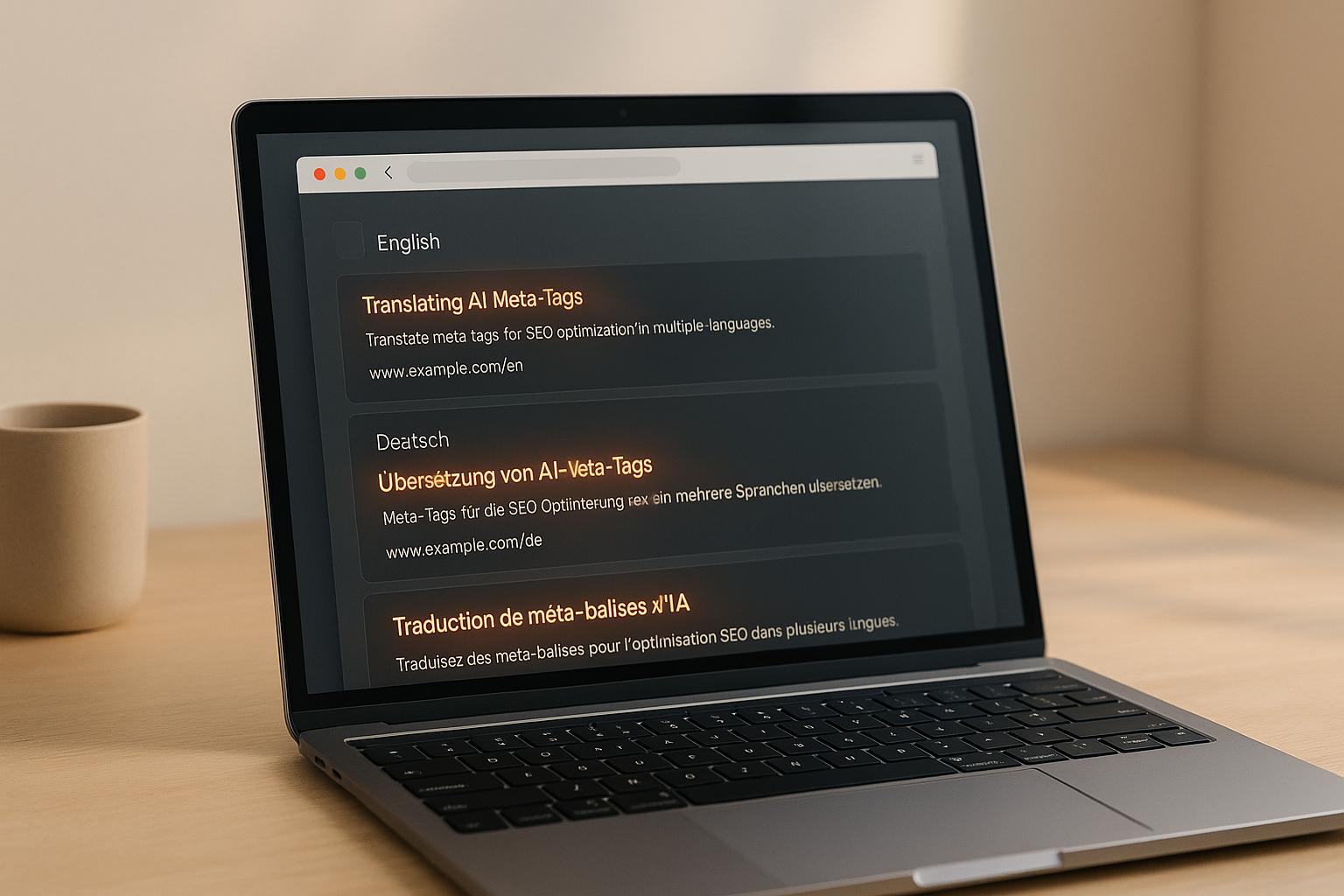

Long Tail Keywords Examples That Actually Work

Long Tail Keywords Examples That Actually Work
 14-03-2025 (Last modified: 21-05-2025)
14-03-2025 (Last modified: 21-05-2025)
If you’ve been struggling to rank on Google or drive the right kind of traffic to your site, long tail keywords might be the missing piece of your SEO strategy. While broad, highly competitive keywords are tempting, they’re often out of reach for smaller businesses and new websites. That’s where long tail keywords examples come in – they help target the right audience, improve search visibility, and increase conversions.
In this post, we’ll break down what long tail keywords are, why they matter, and some super easy examples of how they can be used effectively in SEO and digital marketing.
What Are Long Tail Keywords?
Long tail keywords are longer, more specific search queries that typically contain three or more words. Unlike short tail keywords (which are broad and competitive), long tail keywords target a specific intent and are easier to rank for.
✔ Short Tail Keyword Example: “lisbon hotels”
✔ Long Tail Keyword Example: “best lisbon hotels for families with young children”
The difference? The long tail keyword provides context and intent, meaning it attracts people who know what they’re looking for – making them more likely to convert.

Why Are Long Tail Keywords Important?
Many marketers make the mistake of chasing high-competition short tail keywords, only to end up buried on page 10 of Google. Here’s why long tail keywords examples should be part of your SEO toolkit:
- Less Competition – Easier to rank for than broad terms.
- Higher Conversion Rates – Users searching for long tail keywords are closer to making a decision.
- Better Targeting – Helps you attract the right audience instead of random traffic.
- Ideal for Voice Search – With the rise of Siri, Alexa, and Google Assistant, people are searching with longer, natural phrases.
Example: Someone searching for “best wireless headphones” may still be browsing, while someone searching for “best wireless headphones for gym workouts 2025” likely has a specific intent to buy.
Long Tail Keywords Examples in Different Industries
To help you see how long tail keywords work in action, let’s look at examples across different industries:
1. E-commerce SEO
- Short Tail: “men’s jackets”
- Long Tail: “best waterproof men’s jackets for hiking”
A store selling outdoor apparel can use the long tail version to attract buyers looking for waterproof hiking jackets, rather than competing with huge brands for “men’s jackets.”
2. SaaS & B2B SEO
- Short Tail: “CRM software”
- Long Tail: “best CRM software for real estate agents 2025”
This long tail keyword targets a specific audience (real estate agents) rather than competing with broad searches for CRM software.
3. Food & Recipes
- Short Tail: “chicken recipes”
- Long Tail: “easy keto chicken recipes for beginners”
A food blog could rank more easily for specific diet-based recipe searches, while “chicken recipes” is too broad.

4. Local SEO
- Short Tail: “coffee shop”
- Long Tail: “best organic coffee shop in downtown Seattle”
Local businesses can use long tail keywords to target location-based searches and attract customers nearby.
5. Travel & Hospitality
- Short Tail: “hotels in Paris”
- Long Tail: “best budget-friendly boutique hotels in Paris for couples”
A travel website can rank for specific traveler needs rather than competing with global hotel chains for “hotels in Paris.”
How to Find Long Tail Keywords
Now that you’ve seen long tail keywords examples, let’s explore how to find them for your niche.
1. Google Autocomplete
Start typing a keyword in Google, and it will suggest longer variations based on real user searches.
Example: “best laptop for…” might show:
- “best laptop for video editing under $1000”
- “best laptop for college students in 2025”
2. People Also Ask & Related Searches
Check Google’s “People Also Ask” and “Related Searches” sections for question-based long tail keywords.
Example: Searching for “best running shoes” might show:
- “Are cushioned running shoes better?”
- “What are the best running shoes for trail running?”
3. Keyword Research Tools
- Ahrefs – Shows long tail keywords competitors rank for.
- SEMrush – Provides keyword variations and search volume.
- Ubersuggest – Generates related keywords and trends.
- AnswerThePublic – Visualizes commonly searched questions.
4. Competitor Analysis
See what long tail keywords your competitors are ranking for, and identify gaps you can target.
Example: If a competitor ranks for “best digital marketing tools,” you could create content around “best free digital marketing tools for startups”.
How to Use Long Tail Keywords in Your Content
Once you’ve found long tail keywords, here’s where to place them:
- Title Tags & Meta Descriptions – Helps with search visibility.
- Headings (H2, H3) – Improves structure and readability.
- Throughout the Content – Naturally include keywords to avoid stuffing.
- Image Alt Text – Helps with image search rankings.
- URLs – Short but keyword-rich (e.g. yoursite.com/best-lisbon-hotels-for-families-with-young-children)
- Internal Links – Connect relevant content using long tail keywords.
- FAQs Section – Answer common search queries with question-based long tail keywords.
Final Thoughts: Why Long Tail Keywords Are a Must-Have for SEO
If you’re struggling to rank or attract the right audience, long tail keywords are your secret weapon. Let’s recap… They:
- Reduce competition and help smaller businesses rank faster.
- Attract targeted traffic that converts better.
- Improve voice search optimization.
- Help you create highly relevant, engaging content.
By using long tail keywords examples in your SEO strategy, you can drive more traffic, increase conversions, and improve your search rankings – all without competing with SEO giants.
Long Tail Keywords FAQ
What are long tail keywords?
Long tail keywords are longer, more specific search phrases (usually three or more words) that target niche topics and user intent. They’re easier to rank for and attract highly targeted traffic.
Why are long tail keywords important for SEO?
They reduce competition, improve conversion rates, and align with user intent. They’re especially helpful for smaller businesses looking to rank faster without competing with major brands.
Can you give examples of long tail keywords?
Yes!
-
Instead of “running shoes,” use “best running shoes for flat feet in 2025.”
-
Instead of “CRM software,” try “best CRM software for real estate agents 2025.”
-
Instead of “coffee shop,” go for “best organic coffee shop in downtown Seattle.”
How do I find long tail keywords?
Use tools like Google Autocomplete, “People Also Ask,” Ahrefs, SEMrush, AnswerThePublic, and Ubersuggest. You can also analyze competitor content to uncover keyword opportunities.
Where should I use long tail keywords on my website?
Place them in title tags, meta descriptions, headings, content body, image alt text, URLs, internal links, and FAQ sections to maximize their SEO impact.
say hello to easy Content Testing
try PageTest.AI tool for free
Start making the most of your websites traffic and optimize your content and CTAs.
Related Posts

 15-11-2025
15-11-2025
 Ian Naylor
Ian Naylor
Best Practices for AI Meta Tag Translation
Learn how AI-driven meta tag translation enhances multilingual SEO by improving engagement and search rankings through efficient localization.

 13-11-2025
13-11-2025
 Ian Naylor
Ian Naylor
AI Tools for Testing Visual Hierarchy
Explore how AI tools can enhance your website’s visual hierarchy, improving user experience and boosting conversion rates significantly.

 11-11-2025
11-11-2025
 Ian Naylor
Ian Naylor
How to Analyze Mobile Abandonment Patterns
Understand mobile abandonment patterns to enhance user experience and recover lost revenue by addressing key friction points during checkout and onboarding.
